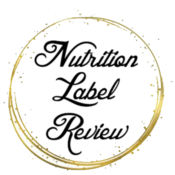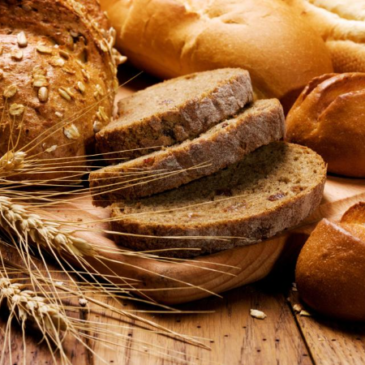Since the new regulations came out in 2016 one of the most talked about changes deals with the added definition for dietary fiber. Prior to 2016 the FDA did not have an “official” definition which allowed suppliers to base their total dietary fiber amount solely on analytical testing. Since then there have been dramatic updates to the regulations.
The “official” definition for dietary fiber was derived from a 2002 IOM (Institute of Medicine) report and is now defined as… “non-digestible soluble and insoluble carbohydrates (with 3 or more monomeric units) and lignin that are intrinsic and intact in plants; isolated or synthetic non-digestible carbohydrates (with 3 or more monomeric units) determined by the FDA to have physiological effects that are beneficial to human health,” so what does this mean?
The FDA determined that allowing suppliers to use the analytical method solely without considering the physiological effect on human health was not a sufficient way to determine total dietary fiber for consumers causing the definition outlined above as a mandatory element to the Nutrition Facts Panel. The new regulations have explained that those fibers which are naturally occurring (intrinsic) and intact within the food such as vegetables, whole grains, flours, and fruits are proven already to have beneficial physiological effect to human health, thus meet the definition of dietary fiber. However, in today’s world of manufacturing it is commonplace to see isolated and synthetic fibers added to foods as well, so now there is need for proof that there are beneficial physiological effects on human health for each of these. The FDA did acknowledge that several synthetic fibers do currently meet the definition, 7 to be exact…
- Beta-glucan soluble fiber
- Psyllium husk
- Cellulose
- Guar gum
- Pectin
- Locust bean gum
- Hydroxypropylmethylcellulose
In November of 2016 the FDA opened a comment period based on scientific evaluation for beneficial effects of isolated and synthetic non-digestible carbohydrates. This lists includes 26 types of synthetic or isolated fibers that are found throughout the processed food industry and many companies believe should be considered in the total dietary fiber amount. The comment period closed this past February so in the coming months we will be able to see if the FDA will allow for additional synthetic and isolated fibers to be included based on scientific evidence that they provide at least 1 beneficial effect to health. Until then the regulations for dietary fiber stands with only the 7 synthetic/isolated fibers and those fibers contained in intrinsically in food.
Based on the new regulations the amount of dietary fiber declared on the label should represent the total fiber that is quantified by analytical testing methods minus the amount that does not meet the dietary fiber “official” definition. It is important to remember that if your product has any synthetic or isolated fibers that currently do not meet the definition of fiber that you must still include the amount of carbohydrates they provide in the total carbohydrate declaration even though you cannot count them as fiber. Remember the deadline for all labels to meet updated regulations is July of 2018 (or 2019 if less than $10 million in annual sales).

